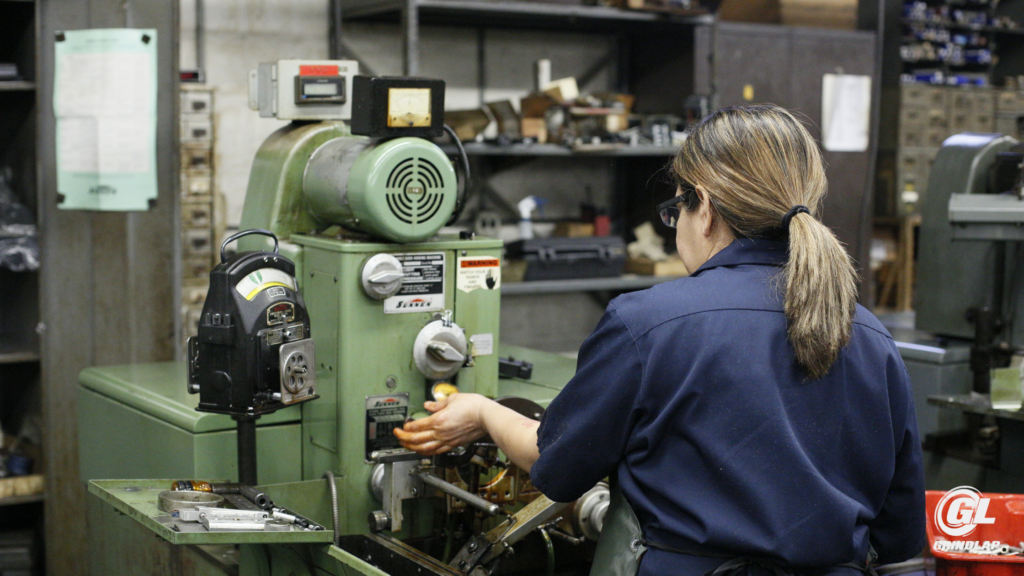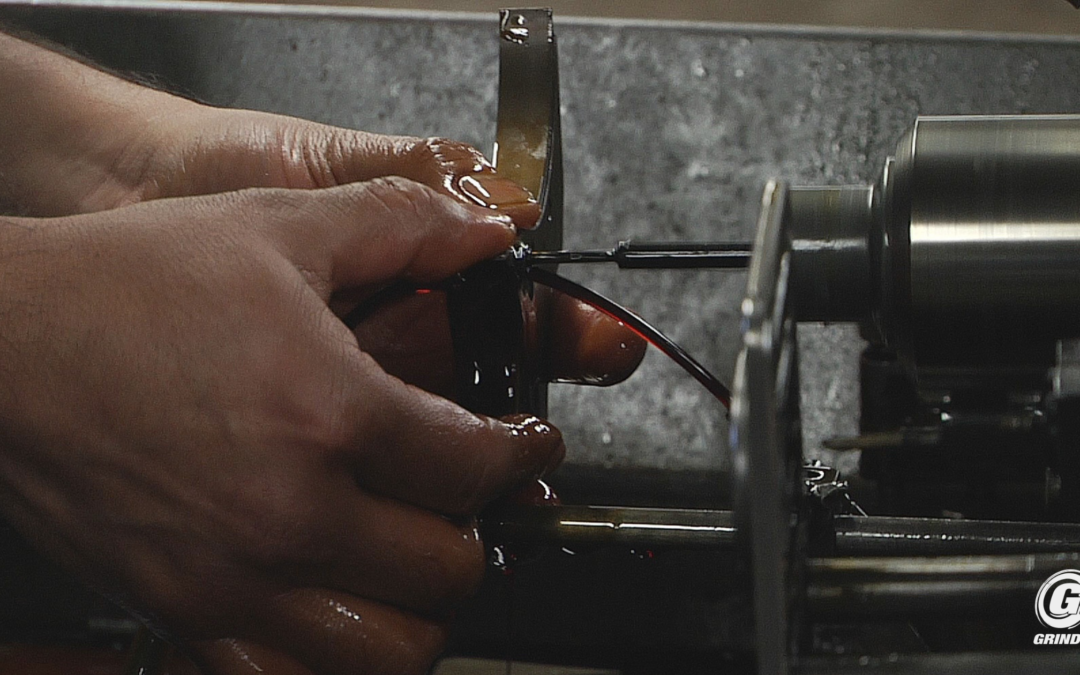Are you facing challenges with achieving precise, smooth finishes on cylindrical components? Do surface imperfections and inconsistent quality impact your manufacturing outcomes? In today’s competitive industrial landscape, meeting stringent performance standards while optimizing production efficiency is more crucial than ever.
At Grind Lap, we bring decades of expertise in precision machining to the forefront. Our commitment to excellence and innovation has positioned us as leaders in leveraging advanced technologies like honing to refine and perfect component surfaces. With a proven track record across aerospace, defense, medical devices, and beyond, we stand as your trusted partner in achieving superior manufacturing outcomes.
In this article, we explore the transformative benefits of honing—a precision machining process that sets new standards in surface finish and component performance. Discover how honing delivers micron-level precision, enhances productivity through automation, and reduces operational costs significantly. By the end, you’ll gain actionable insights into optimizing your manufacturing processes. This ensures your components not only meet but exceed industry standards.

Before we dive in, let’s define what “honing” is:
Honing is a precision machining process. This involves the removal of material to create a precise, smooth finish on the internal surface of a cylindrical component. The process is widely used in the manufacturing industry. It offers numerous benefits, including increased precision, improved surface finish, and enhanced productivity.
Precision Measurements and Performance Standards
One of the main benefits of honing is its ability to produce precise measurements. The process involves using a set of abrasive stones mounted on a rotating spindle. They move in and out of the component to remove material. This movement allows for a controlled amount of material removal. This results in a precise finish that meets the required specifications and tolerances. This level of precision is essential in industries such as aerospace, defense, and medical device manufacturing. In these industries components need to meet strict performance and safety standards.
Enhanced Surface Finish and Aesthetic Quality
Another benefit of honing is its ability to improve surface finish. Honing can produce surface finishes of up to 0.1 microns (4 Ra), making it an ideal process for creating smooth, polished surfaces that are free from scratches, burrs, and other imperfections. This is important in industries such as automotive and marine manufacturing, where components need to be durable, corrosion-resistant, and aesthetically pleasing.
Productivity Gains through Automation
Honing can also improve the productivity of the manufacturing process. The process is relatively quick and can be automated, reducing the need for manual labor and increasing production efficiency. Additionally, honing can be used to create a range of shapes and sizes on a variety of materials, including metals, plastics, and ceramics, making it a versatile process for manufacturers.
Cost Savings and Longevity in Components
Honing also offers cost-saving benefits to manufacturers. Compared to other machining processes, such as grinding or milling, honing is relatively inexpensive. This is because it requires fewer tools and machines, and the process can be automated, reducing labor costs. Additionally, honing can prolong the life of components by removing any surface imperfections that can lead to premature failure, reducing the need for costly repairs or replacements.
Improved Performance of Components
Finally, honing can also improve the performance of components. The process can remove any surface irregularities that can cause friction, reducing wear and tear on the component and improving its overall performance. This is particularly important in industries such as aerospace and automotive manufacturing, where components need to be reliable and long-lasting.
Conclusion
In conclusion, honing is a precision machining process that offers numerous benefits to the manufacturing industry. Its ability to produce precise measurements, improve surface finish, enhance productivity, save costs, and improve performance make it an ideal choice for a range of applications. As such, honing is likely to continue to play a critical role in the manufacturing industry for years to come.


Recent Comments